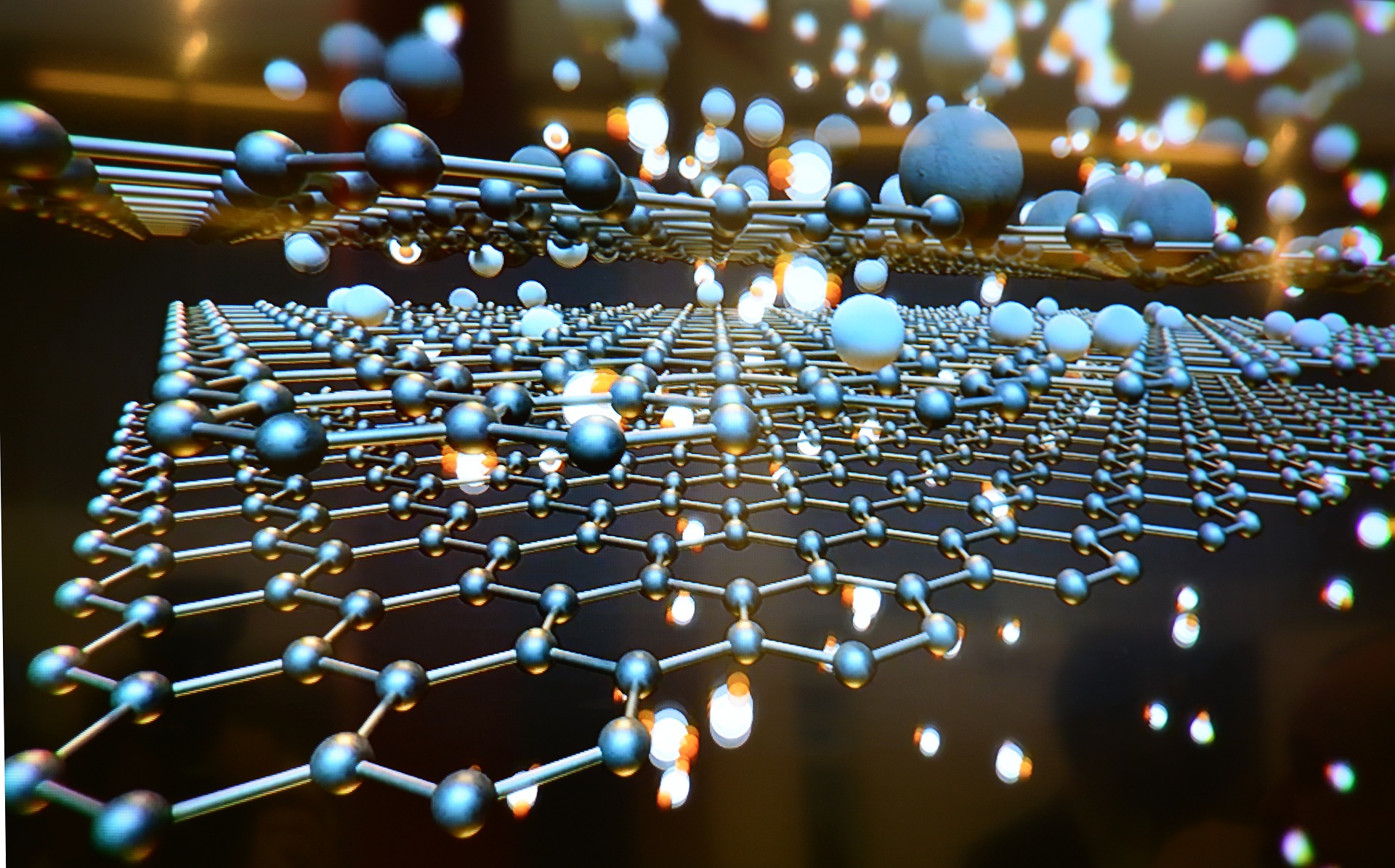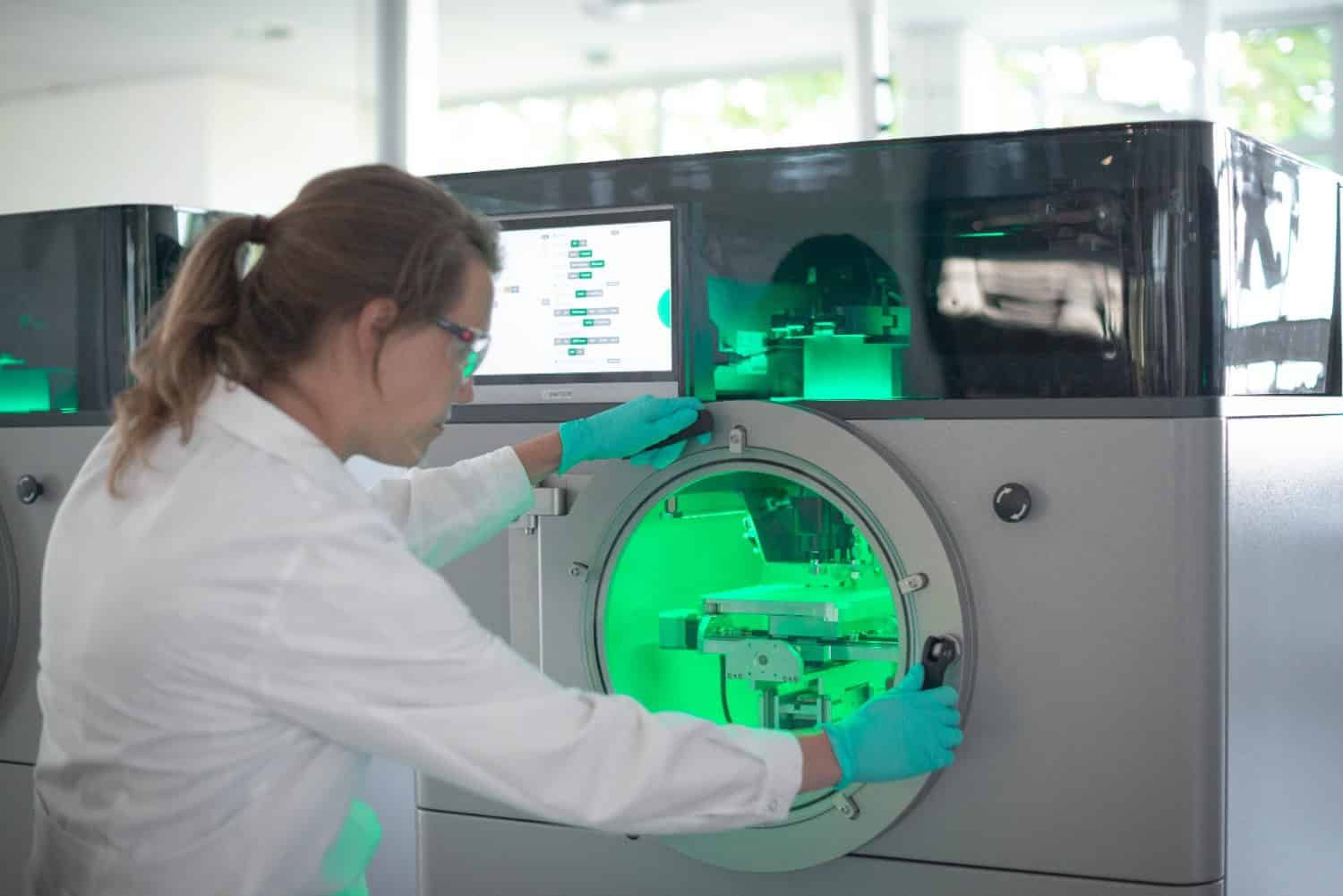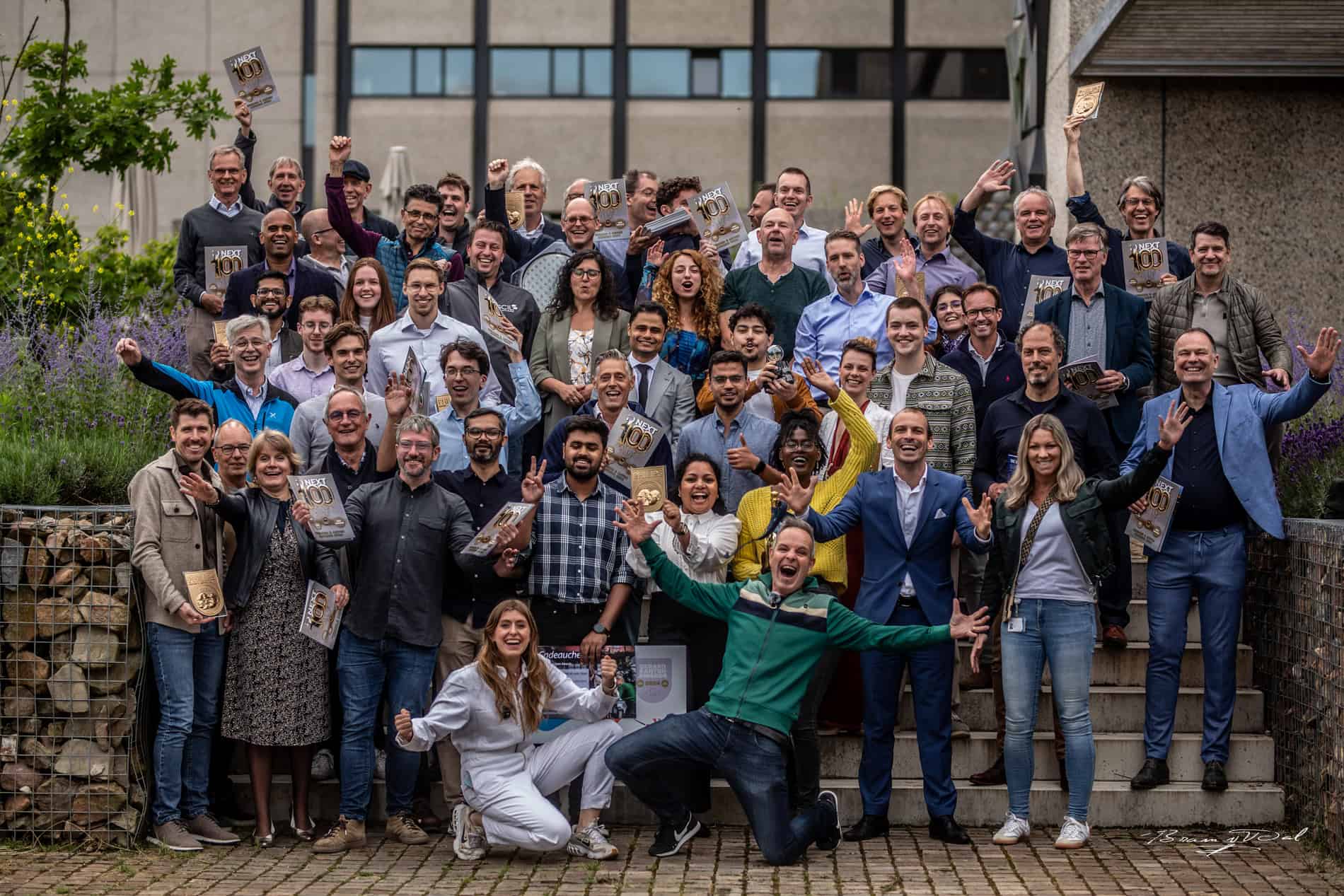
Graphene is a material which has incredible properties. At 100 times the strength of steel, graphene is the strongest material ever tested. It is also extremely suitable as a semiconductor because its conductivity is 100 times faster than silicon that is currently commonly used.
Potential applications for graphene (which is made from pure carbon ) are therefore enormous. Consider superconductors, as in highly sensitive sensors and batteries. However, there is one major problem. The material used to make graphene (graphite) is not expensive, but the industrial process is. This is extremely complex and cost-intensive. It is for this reason that a real breakthrough for graphene has been a long time coming. Yet now the Delft University of Technology is generating hope for vast improvements with their new model for the industrial process.
Liquid-phase exfoliation
There are several techniques used in the production of graphene, each one more expensive than the last. One of the most promising techniques is “liquid-phase exfoliation.” Here, the graphite is shaved very thinly in a liquid environment until layers of graphene detach themselves from the bulk material.

This technique already works in laboratories. But so far that’s been based on trial and error. In other words, it hasn’t worked yet on a continual basis. In order to do that, we first need to know more about various parameters that are important to the industrial process. A research team led by Lorenzo Botto has now developed a model for this. According to TU Delft, this model can be used in software for optimizing large-scale production processes.
Botto: “The exfoliation process is difficult to model. Adhesion between graphene layers is not easy to quantify and the dynamic forces that the liquid exerts on the graphite are delicate and dependent on the surface properties and geometry.” However, team members Catherine Kamal and Simone Gravelle have now developed and tested a model that has proven to be very accurate according to simulations of molecular dynamics.
Research results from the team led by Botto have been published in the Journal of Chemical Physics.








